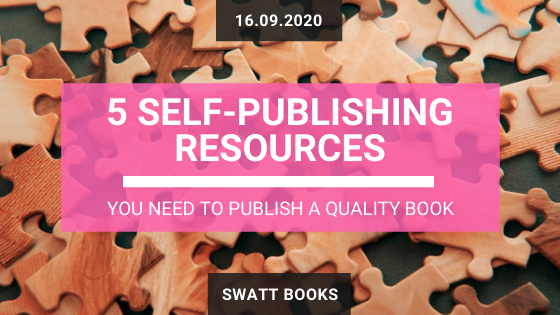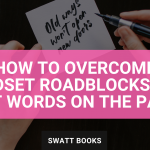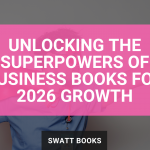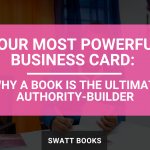There are loads of self-publishing resources available online to help authors through the oftentimes confusing and overwhelming journey of independent publishing. Everything you can think of from artwork generation to marketing, distribution to advice and top tips. Some are free; others can be quite expensive. Some are a bit frivolous and gimmicky, but some are essential if you want to do things properly and give your book the best chance of competing against titles from the big publishing houses.
Here is my list of the top 5 self-publishing resources you need if you want to publish a professional-quality book that has the best chance of success.
Self-Publishing Resource #1: CIEP
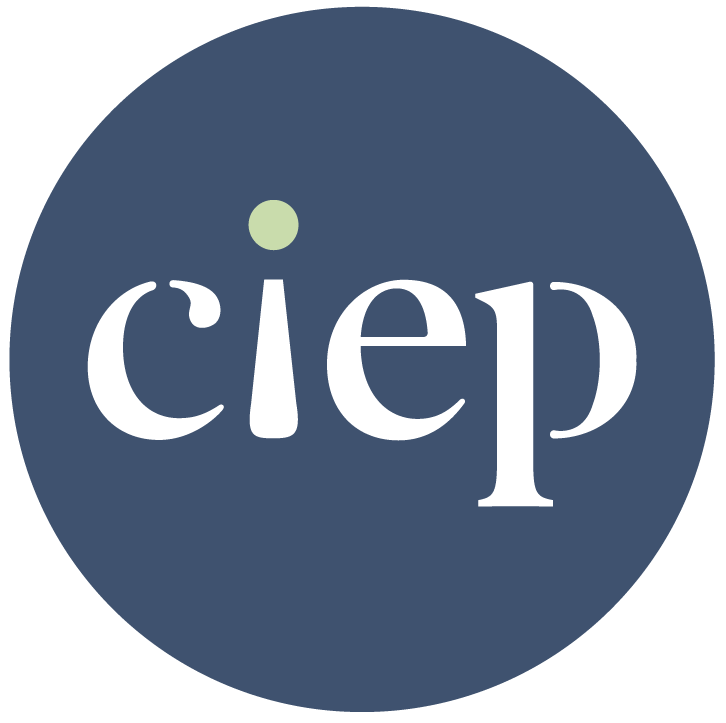
The Chartered Institute of Editing and Proofreading (CIEP), which was formerly the Society for Editors and Proofreaders (SfEP), is a non-profit professional accreditation body that promotes excellence in English language editing. If you are looking for a professional editor for your book that you can trust who knows what they are doing (which is a MUST if you want to publish a quality book), this is the place to find them.
The CIEP maintains a directory of over 700 CIEP members which is searchable by skills, subjects or services offered. For an editor to become a CIEP member, they must adhere to a strict Code of Practice and have demonstrated a certain level of editorial skill through continued professional development, training and tests.
To find out more visit https://www.ciep.uk.
Self-Publishing Resource #2: 99Designs

To give your book the best chance of success, it needs a stellar cover design. The problem is that many professional graphic design agencies are expensive; often more expensive than what a first-time author can afford. That’s where 99Designs comes in.
99D is a global creative platform that connects talented freelance designers with anyone who needs great creative work. They do this through a curated contest model that gives you access to lots of creative ideas and interpretations of your cover art for a single low-cost fee. Designers pitch their ideas to you, and the winner gets the fee.
I have been using this platform of nearly all of my clients’ covers as well as the cover art for my own books for several years now and would not look to change anytime soon. The contest model means that you get more than one designer’s interpretation of your cover, and I have not once had any problems with artwork quality or professionalism of the artists who produce them.
Book cover contests start at £168 for a paperback. You can opt for higher reward contests which will attract more designers to participate, but I’ve traditionally received between 30-50 concepts from an entry-level contest.
99D isn’t just for cover art either. If you need help with the interior design and typesetting, or the production of any marketing material (such as bookmarks, author website, etc.), they have categories of contests for pretty much every conceivable design requirement.
To find out more visit https://99designs.co.uk.
Self-Publishing Resource #3: Your Own Publishing Imprint
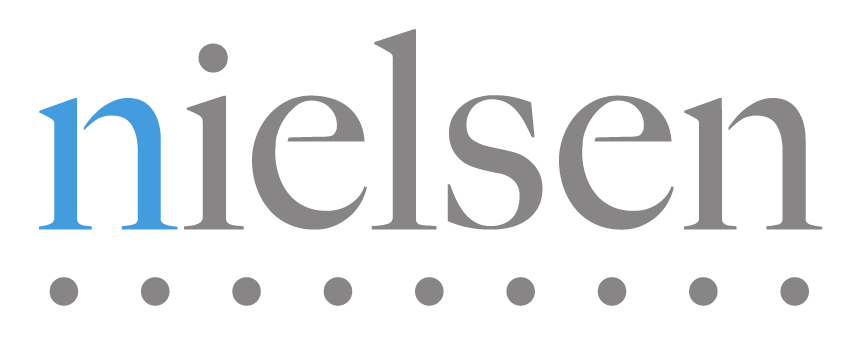
To demonstrate that you mean business as a credible independent author, you need to publish your book (s) using ISBNs that you own. To be able to purchase those ISBNs, you need to register your own publishing imprint with the ISBN agency for your territory; in the UK and Ireland, that agency is Nielsen Book Services.
I have a whole article that talks about what ISBNs are, what they are used for, and why it is so important that you use ISBNs that you own. You can read that article here, but the long and short of it is that an ISBN allows your book to be sold through a retail channel (like Amazon or Waterstones) and facilitates sales tracking and wholesale ordering of your book. It also gives you a certain amount of control over what happens with your book in those retail environments, so don’t be fooled by online self-publishing services offering to give you a free ISBN as part of their package – it’s a false economy.
To find out more about registering your publishing imprint with Nielsen’s visit https://nielsenbook.co.uk/isbn-agency/, or to find out more about ISBNs in general visit the International ISBN Agency who regular worldwide use of the ISBN system at https://www.isbn-international.org.
Self-Publishing Resource #4: Your Own PoD Publishing Accounts
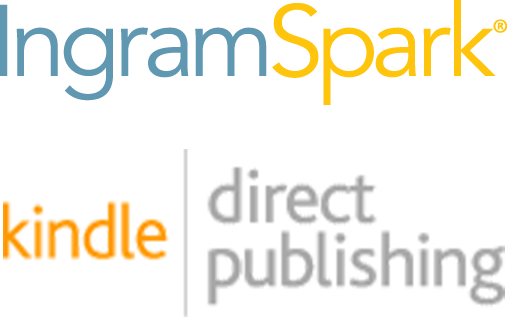
Book distribution is another area that can make or break a books’ success. It is quite feasible to manage all the distribution of your book yourself, but it can be very time consuming and requires you to have a good head for logistics and sales. But if you want to compete with titles from the big publishers, you need to make sure your book is available in all the same retailers that they are. That level of distribution is now available to the independent author thanks for professional-grade print-on-demand publishing platforms.
To ensure the widest distribution for your book possible, you want to have publishing accounts with IngramSpark and Amazon KDP and replicate your book listing on both platforms. This ensures that your book is available on all major Amazon sites as well as over 30,000 online book retailers, universities and libraries around the world. I go into more detail on the topic of ‘going wide’ with y our book distribution in another blog post that I published last month, which you can read here.
To find out more about IngramSpark visit http://www.ingramspark.com, and for Amazon KDP visit https://kdp.amazon.com/en_US/.
Self-Publishing Resource #5: An International ISBN Database listing

The last of my self-publishing resources that you need is an extension of your publishing imprint and ISBNs, and that’s a means of submitting your books’ metadata to the International ISBN Database. This is a database that each territorial ISBN agency maintains that holds a record of all of the books that have been published within that territory.
The reason why this database is important is that many book retailers, especially physical brick and mortar bookstores, use this database as a catalogue of books that are available for them to stock. Shops like Waterstones rely solely on this database for their stock ordering process and they will not sell a book in their stores that is not listed on in the ISBN Database.
Many territories such as the United States and Australia combine their database listing process with the imprint registration and ISBN purchasing process. However, Nielsen has opted to keep these two services separate in the UK. To submit your books’ metadata for inclusion in the ISBN Database, you will need a Nielsen Title Editor account.
A Title Editor account is free to set up, but it does take a couple of weeks to process, so be sure to sign up for an account as soon as you have registered your publishing imprint and purchased your ISBNs.
To find out more about Nielsen Title Editor, visit https://www.nielsentitleeditor.com/titleeditor/.
Conclusion
So that’s it, my list of the top 5 self-publishing resources you absolutely need in order to publish a quality book. If you utilise these 5 resources, you will be giving your book the best chance of success and the ability to compete side-by-side with titles from any of the big publishing houses.
Do you have any self-publishing resources that you find invaluable? Let us know in the comments.

